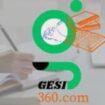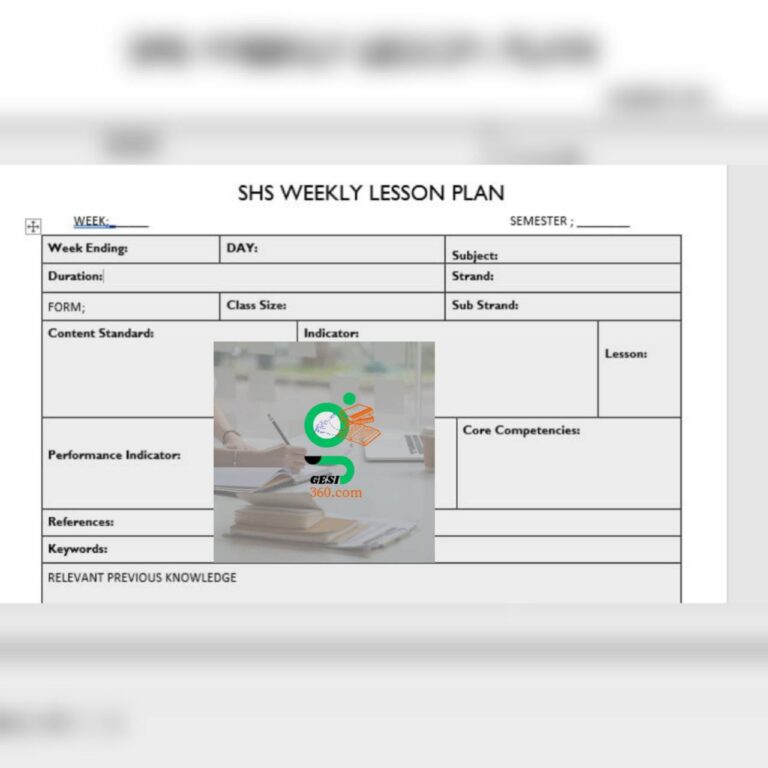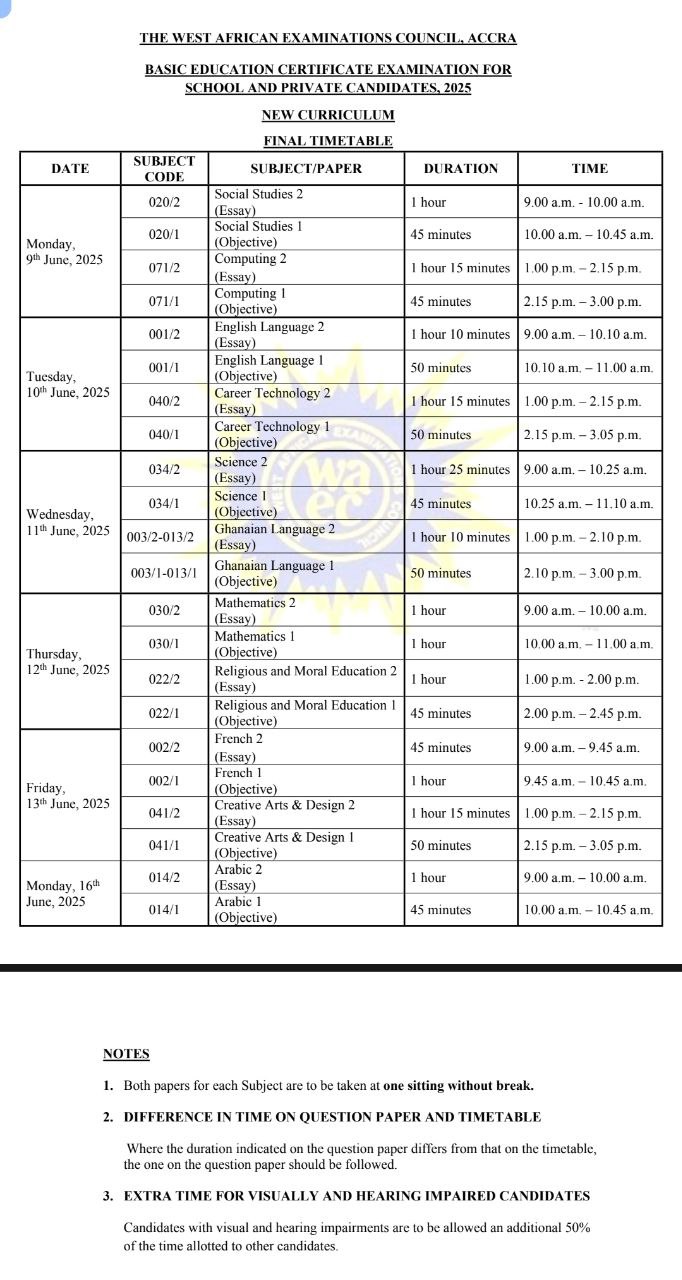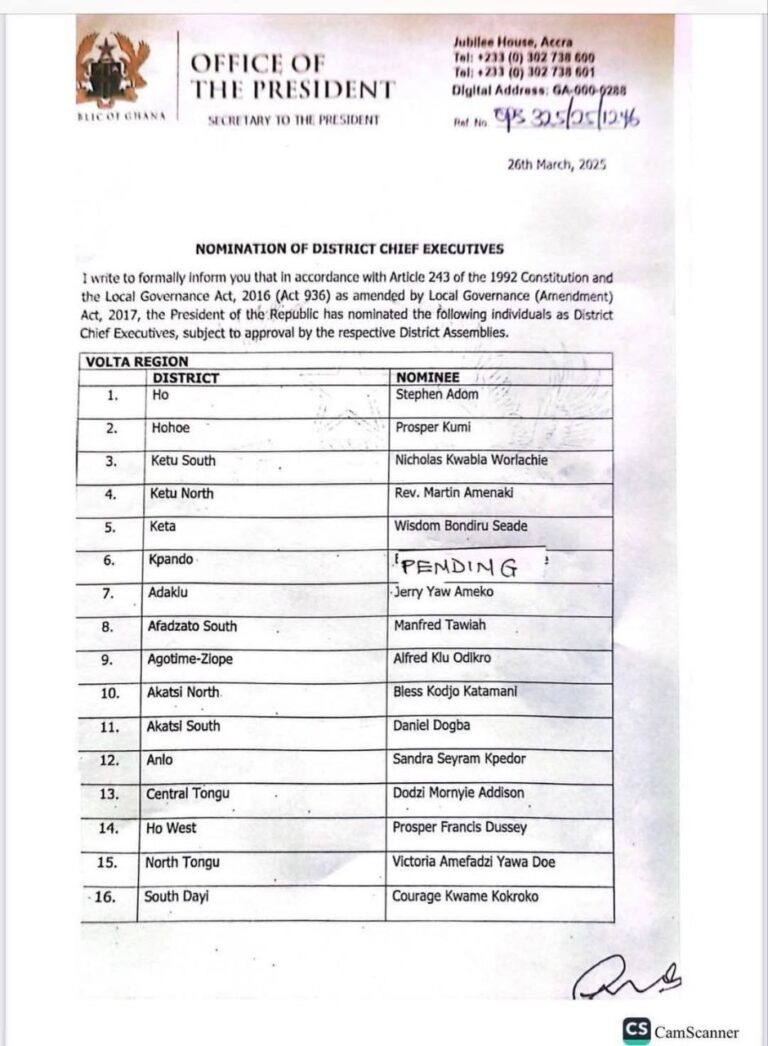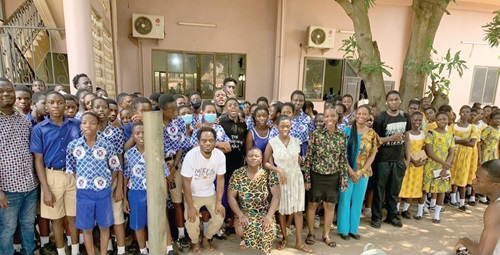Download SHS/SHTS/STEM Learning Planner Week 1 and 2 Business Studies Learning Planner It is called Learning Planner...
SHS Lesson Plan
Download SHS/SHTS/STEM Lesson Planner Week 1 and 2 General Science It is called Learning Planner when you...
SHS New Weekly Lesson Plan Template For the New Curriculum ( GESI,SEL, ICT, 21st Century) There are...
